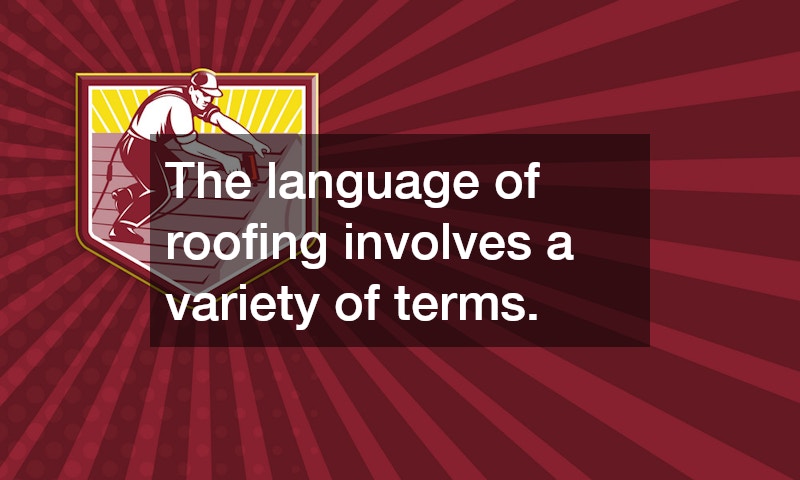If you’ve ever spoken to a roofer, you’ve probably heard terms that sound foreign. These terms are part of the industry’s unique language, and understanding them can be crucial when discussing a new roof project.
Understanding roofing terminology not only empowers you as a homeowner but also ensures you’re on the same page with your roofer.
The language of roofing involves a variety of terms that describe different elements of construction. From “shingles” to “flashing,” each term serves a specific purpose. Knowing these terms can help you plan your roofing project more effectively and understand the advice or recommendations given by roofing professionals.
In this article, we delve into some of these key terms, helping you build a solid foundation of knowledge about your roof. This insight not only aids communication but also enhances your confidence in making informed decisions. Before the next meeting with your roofer, you’ll be better equipped to discuss specifics.
Basic Roofing Materials
At the heart of any roofing project are the materials used, each with its own set of names and functions. Shingles, for instance, are one of the most common roofing components. They can be made from various materials, including asphalt, wood, or slate, each offering different levels of durability and style.
Another crucial material term is “underlayment,” referring to a layer placed between the roof deck and the shingles. This layer acts as an additional barrier against weather elements, protecting against water infiltration. Understanding different materials helps in selecting what’s best for your home’s specific needs.
Flashing is another integral part of roofing, made from metal to seal and protect joints. Roofers often use flashing around chimneys, valleys, and joints, ensuring water is directed off the roof. Recognizing these materials and their purposes can prevent common roofing issues and extend the life of your roof.
Structural Components
Moving beyond materials, we delve into the structural components such as the “deck” and “trusses.” The deck, made of wood or metal, is the flat surface on which the roofing material is applied. It’s crucial for the deck to be in optimal condition, as any damage can compromise the entire roof’s integrity.
Trusses, meanwhile, are the triangular structures supporting the deck, crucial for distributing weight evenly. Roofers understand the importance of well-designed trusses, ensuring they handle both the weight of the roof and environmental loads like snow or wind. Knowledge of these components helps in assessing the structural health of your roof.
Additionally, terms like “ridge” and “valley” describe elements of the roof’s shape and are crucial for drainage. A ridge is the highest line where two roof sections meet, while valleys are where they dip and direct water off the roof. Proper construction and maintenance of these elements are essential for a long-lasting roof.
Essential Roof Functions
Beyond materials and structure, understanding the function of various roof parts is key to grasping roofer lingo. One such function involves ventilation, which is crucial in preventing moisture buildup and prolonging the roof’s lifespan. Without proper ventilation, roofs can experience mold growth and deterioration.
Insulation is another fundamental function, helping maintain comfortable indoor temperatures and improving energy efficiency. Roofers often discuss the insulative properties of a roof, which can significantly impact heating and cooling costs. By learning about these functions, homeowners can make educated choices about their roofs.
Proper drainage and weatherproofing are critical for roof performance. Guttering and downspouts are terms related to drainage, guiding water off the roof and away from the foundation. A thorough understanding of these systems aids in preventing leaks and guarding against water damage over time.
Empowering Homeowners
Learning the language of roofers is more than just understanding words; it’s about empowering yourself as a homeowner. With a grasp of basic roofing terms, you’re better equipped to maintain, discuss, and decide upon your roof’s needs. Communication becomes streamlined, leading to better decision-making and project outcomes.
Always remember, your roof is a significant investment, and knowledge is one of the best tools in ensuring its longevity. By understanding roofer jargon, you can ask pertinent questions and demand clarity on processes and costs involved. This empowerment leads to enhanced trust with your roofer and satisfaction with completed projects.
Remember that a shared language is the foundation of any successful collaboration. With your new understanding, you can confidently embark on your next roofing project. Armed with this knowledge, you’ll no longer feel out of your depth when engaging with roofing professionals.






